What’s best for your 4K monitor: USB-C, DisplayPort, Thunderbolt or HDMI?
The crucial differences that’ll inform your choice of cable connections

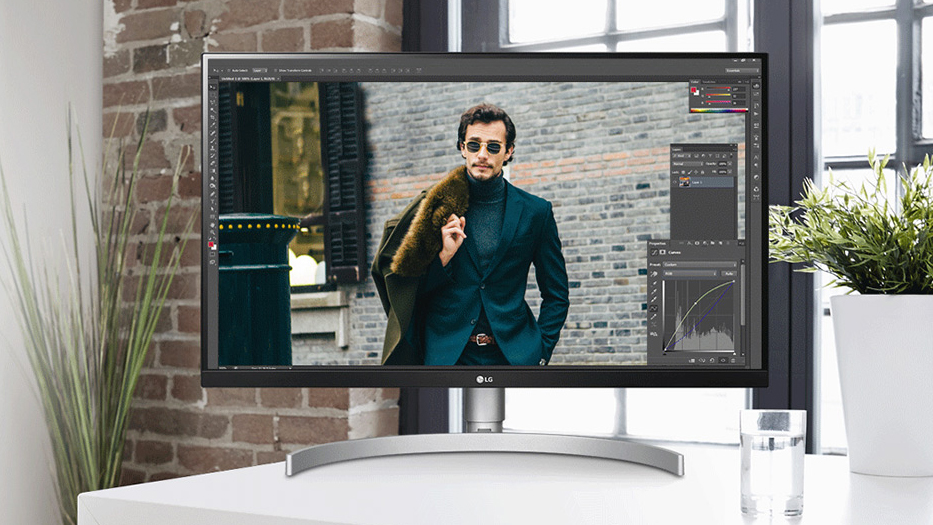
If you’ve bought or are thinking of buying one of the best 4K monitors or best gaming monitors in 2021, you may need to pick your preferred ports: HDMI is everywhere, but many monitors also offer USB-C, DisplayPort or Thunderbolt. Let’s find out the key differences between them and discover which one is best for you.
HDMI: it’s in your TV and the best graphics cards, too
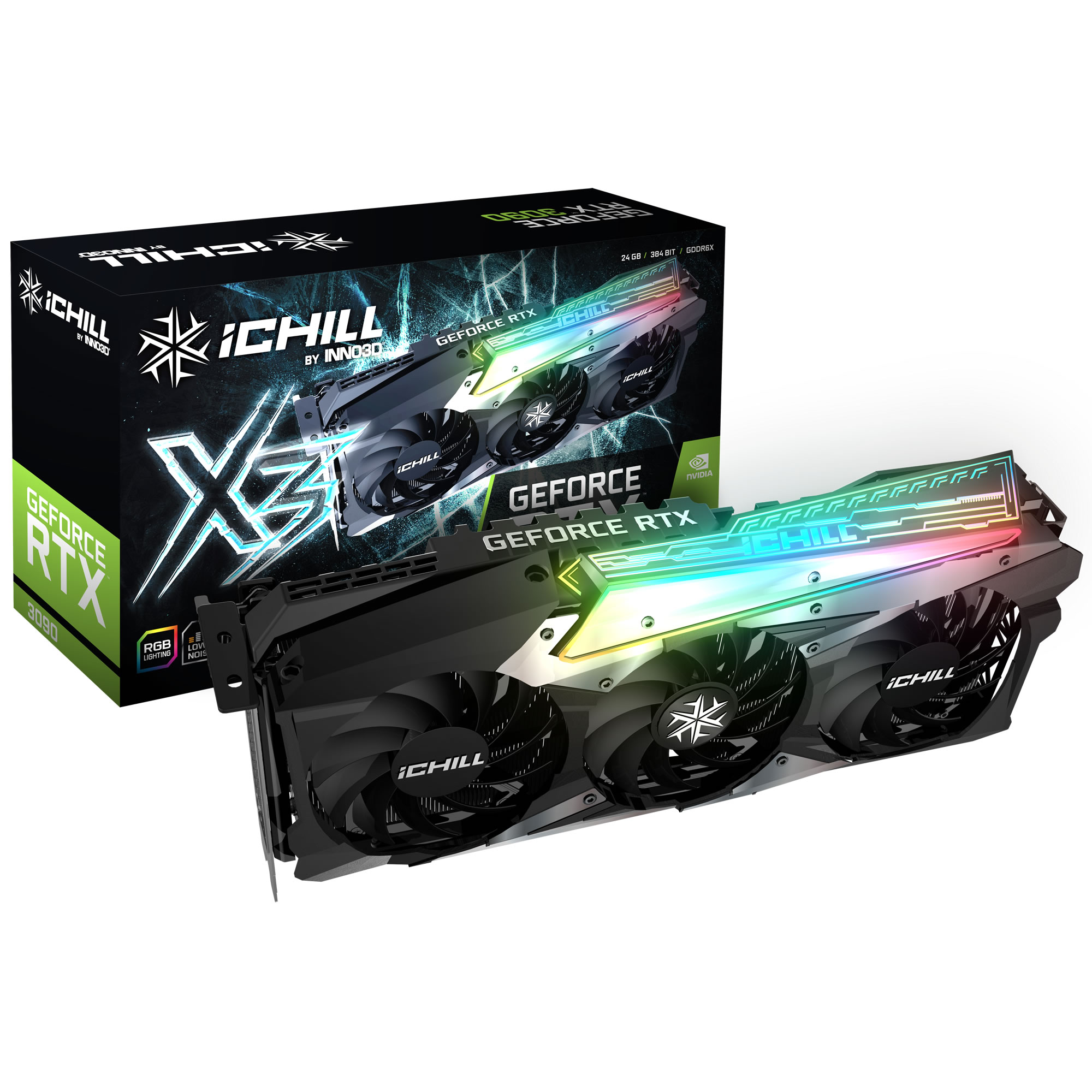
GeForce cards such as the RTX3080 and RTX3090 have HDMI 2.1.
HDMI is short for high definition multimedia interface and it’s the connector you’ll find in most TVs, games consoles and home audio kit as well as many monitors, PCs and laptops. Its wide adoption and widespread availability make it very attractive and affordable, but there are multiple versions of it with some quite significant differences.
The current HDMI standard is HDMI 2.1. That’s the version you’ll find in the PS5 and the Xbox Series X, in the best graphics cards and in many late 2020 and 2021 TVs. It’s backwards compatible with older versions of the standard – so an HDMI 2.1 display will work with a computer that has HDMI 2.0, although it won’t be able to deliver features that aren’t in the older standard.
The biggest difference between HDMI 2.1 and HDMI 2.0 is how much data it can carry. For HDMI 2.0 that’s a maximum of 18Gbps, but in HDMI 2.1 it’s 48Gbps. 18Gbps is fine for today’s applications but 48Gbps makes incredible resolutions and frame rates possible: fancy 10K at 120Hz? To run 4K at 120fps or above you’ll need a suitable cable, Ultra High Speed HDMI, as well as a suitable graphics card and display.
HDR support is different in the different versions of HDMI too. HDMI 2.0 supports HDR 10, but HDMI 2.1 works with HDR10+ and Dolby Vision too. And if you’re a gamer, HDMI 2.0 doesn’t support FreeSync, the technology that’s designed to prevent choppy gaming and broken frames.
DisplayPort: brilliant for multiple displays
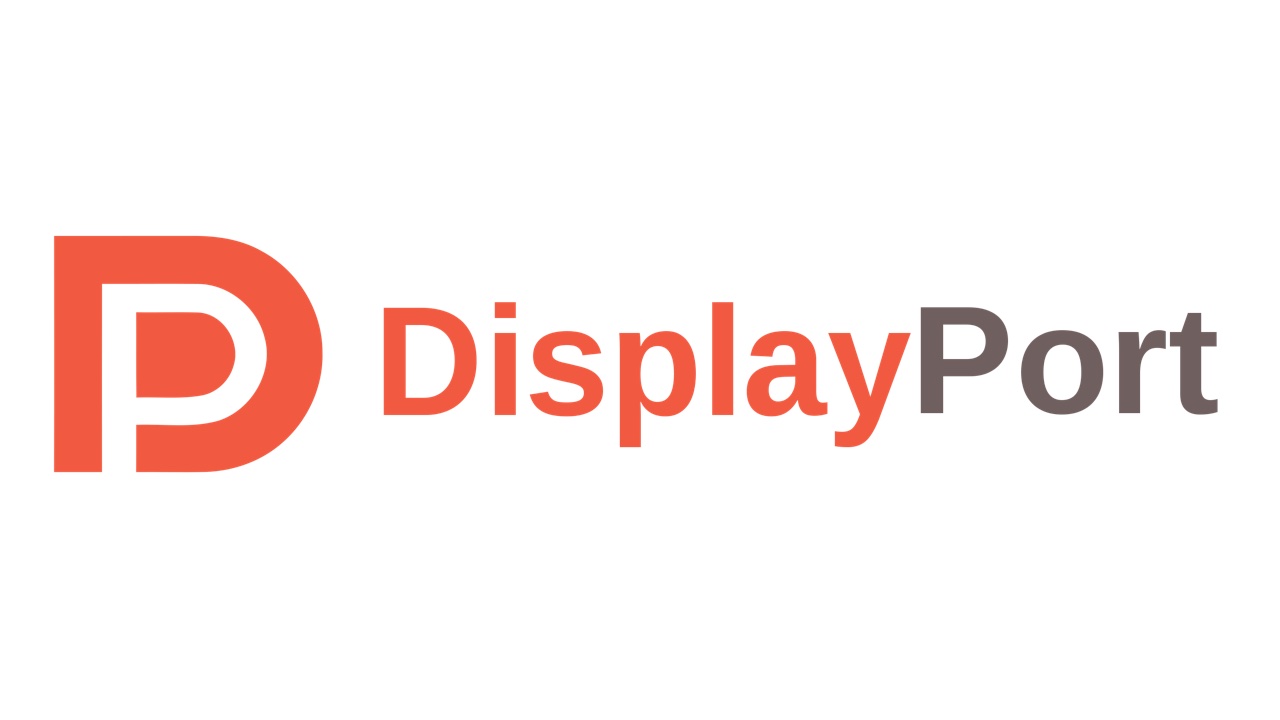
If you thought HDMI 2.1’s bandwidth was impressive, DisplayPort is better still. DisplayPort 2.0, the most recent version of the technology, gets close to 80Gbps and can deliver 16K resolution with HDR at 60Hz. It’s particularly good for dual-monitor setups and powerful enough to run twin 8K HDR displays.
For now, most monitors use the previous DisplayPort version, DisplayPort 1.4. That can handle up to 8K resolution or twin 4K displays, and it supports both FreeSync and 7.1 channel uncompressed audio. DisplayPort 1.4a also supports Dolby Vision and HDR10+.
Get all the latest news, reviews, deals and buying guides on gorgeous tech, home and active products from the T3 experts
Thunderbolt: the video makers’ favourite
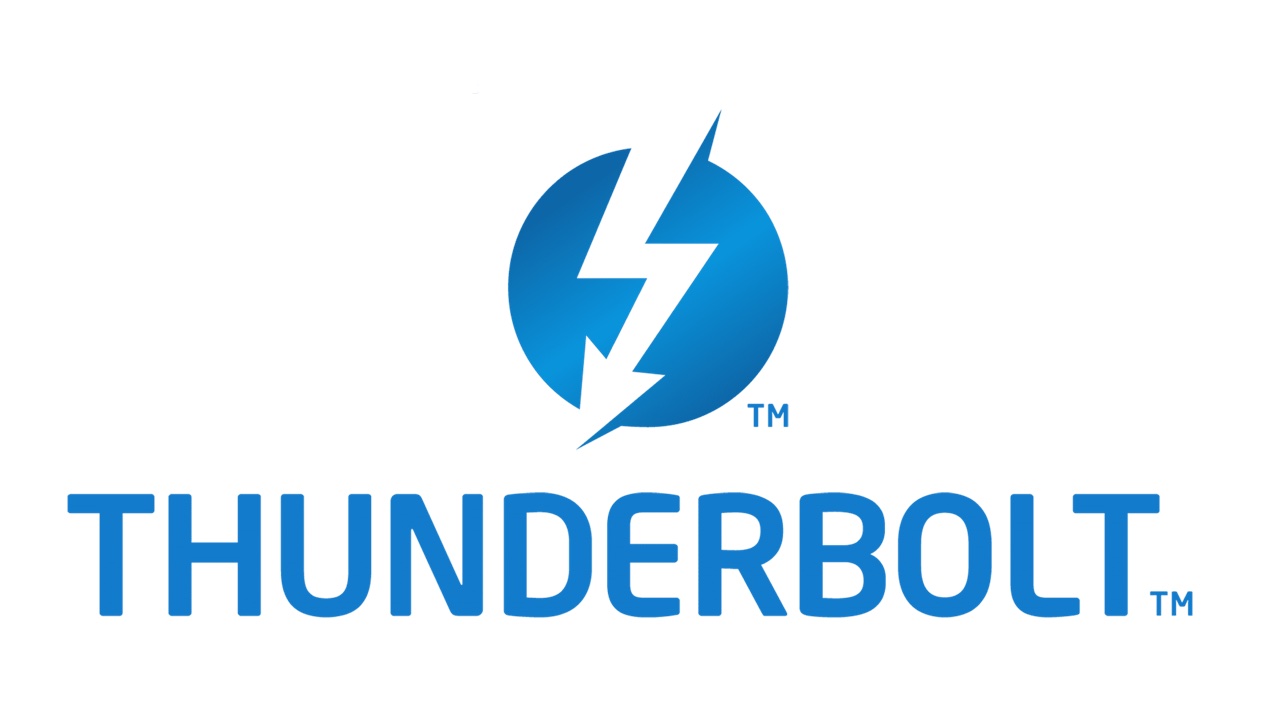
Mac users know Thunderbolt very well: it’s a high speed connection that for many years offered significant advantages over USB, not least in terms of bandwidth. Thunderbolt 3 and above may use USB-C connectors but it isn’t USB: it has twice the bandwidth as USB 3.2 Gen 2 and can daisy-chain not just displays but other external devices such as fast external drives and on Intel Macs, external GPUs. As a result it’s the connection of choice in many professional environments such as video production studios, where multiple 4K monitors are not just nice to have but essential.
The biggest downside to Thunderbolt is money. Thunderbolt displays, devices and cables tend to be more expensive than rival technologies such as DisplayPort or HDMI. If you don’t need the multi-device capability, it’s not the most affordable option.
USB-C: one connector to rule them all
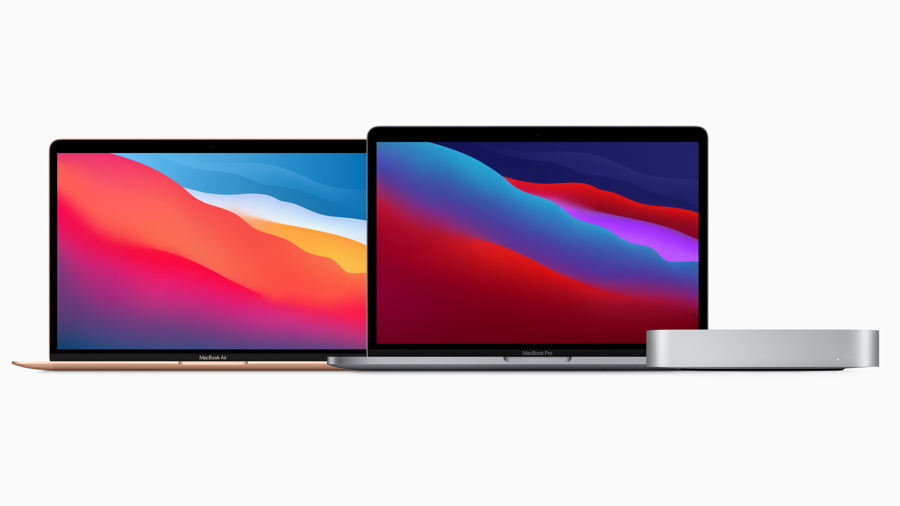
Apple's M1 Macs have USB-C / Thunderbolt ports. The Mini also has HDMI 2.0.
We’re writing this on a 4K display connected to a laptop with no obvious HDMI or DisplayPort sockets, just two USB-C connectors. And that’s because USB-C has been designed as a universal connector with an Alt Mode that enables it to carry non-USB technologies such as DisplayPort and Thunderbolt. Alt Mode enables devices such as the M1 MacBook Air and Pro to have USB-C ports that are USB4/Thunderbolt 3/DisplayPort 1.4, although in the case of those Macs they only officially support one external display rather than multiple ones.
The other big advantage of USB-C is power delivery, or USB-PD for short. That means we can connect our laptop to our monitor with a single cable and not just drive the display but recharge the battery at the same time. If that matters to you, make sure the monitor is powerful enough: while the spec allows for power delivery at up to 100W, there is huge variety in the amount of power different manufacturers decide to provide – and if you have other things connected to your computer, how much power you need. Our monitor puts out 90W, which is more than enough for our laptop, our USB hub and the various devices connected to it.
HDMI, DisplayPort, Thunderbolt or USB-C: which is best for you?
That depends on what you have, what you want to do and what your budget is. USB-C is brilliant for laptops provided it has sufficient power output and USB-C Alt Mode: a single cable connects everything including charging.
HDMI 2.1 is significantly better than HDMI 2.0, but it’s relatively new so tends to be found in the more expensive monitors. Budget aside, given the choice between HDMI 2.1 and HDMI 2.0 we’d pick HDMI 2.1 – but if the choice was between HDMI 2.0 and DisplayPort 1.4, we’d pick DisplayPort: it has more bandwidth and is better for multiple displays.
Last but not least there’s Thunderbolt, which is the video pros’ choice. It’s not the cheapest option but it’s excellent for running 5K or twin 4K displays while also enabling you to connect other high-speed devices.
- These are the best office chairs on the market today
Writer, musician and broadcaster Carrie Marshall has been covering technology since 1998 and is particularly interested in how tech can help us live our best lives. Her CV is a who’s who of magazines, newspapers, websites and radio programmes ranging from T3, Techradar and MacFormat to the BBC, Sunday Post and People’s Friend. Carrie has written more than a dozen books, ghost-wrote two more and co-wrote seven more books and a Radio 2 documentary series; her memoir, Carrie Kills A Man, was shortlisted for the British Book Awards. When she’s not scribbling, Carrie is the singer in Glaswegian rock band Unquiet Mind (unquietmindmusic).
